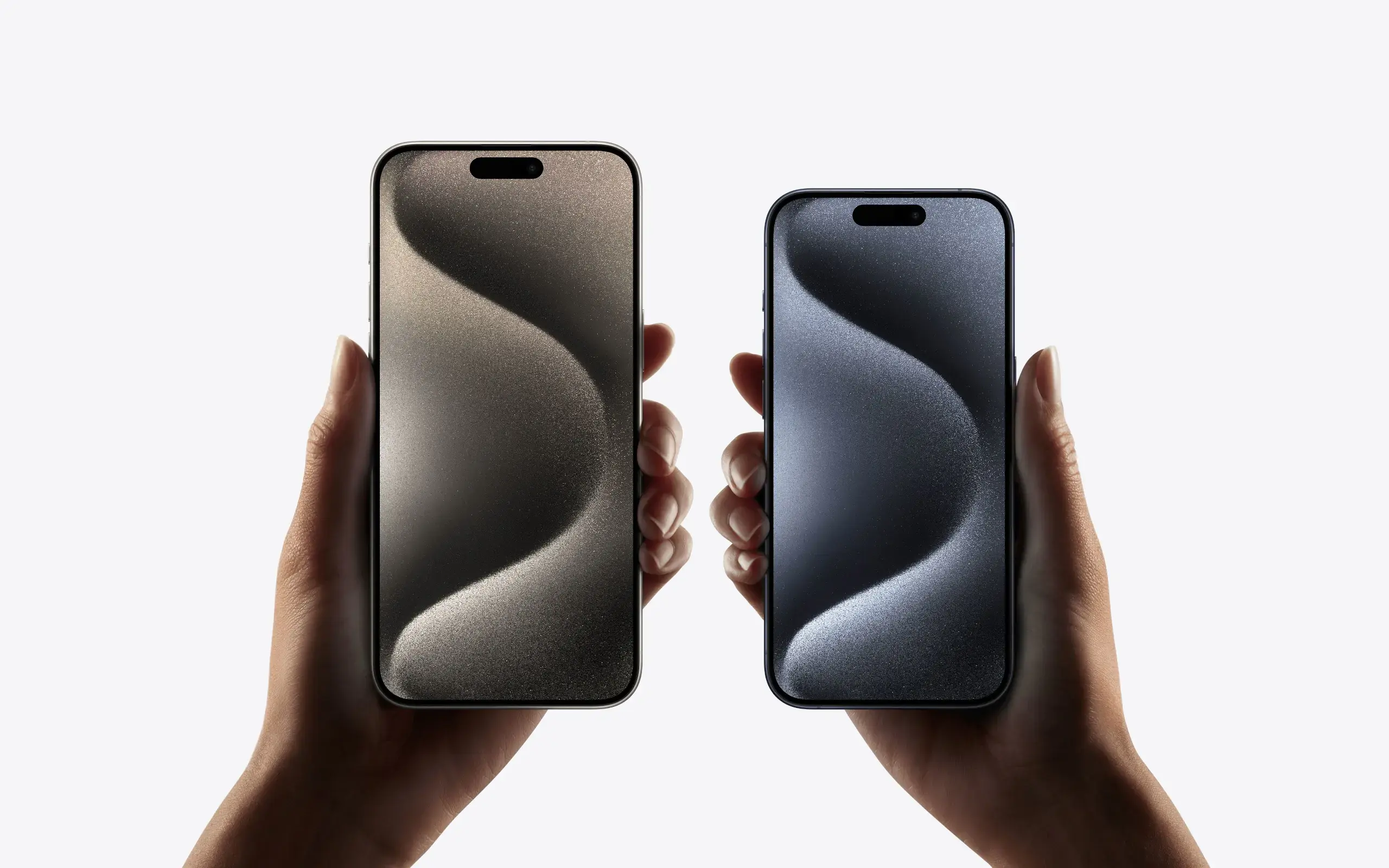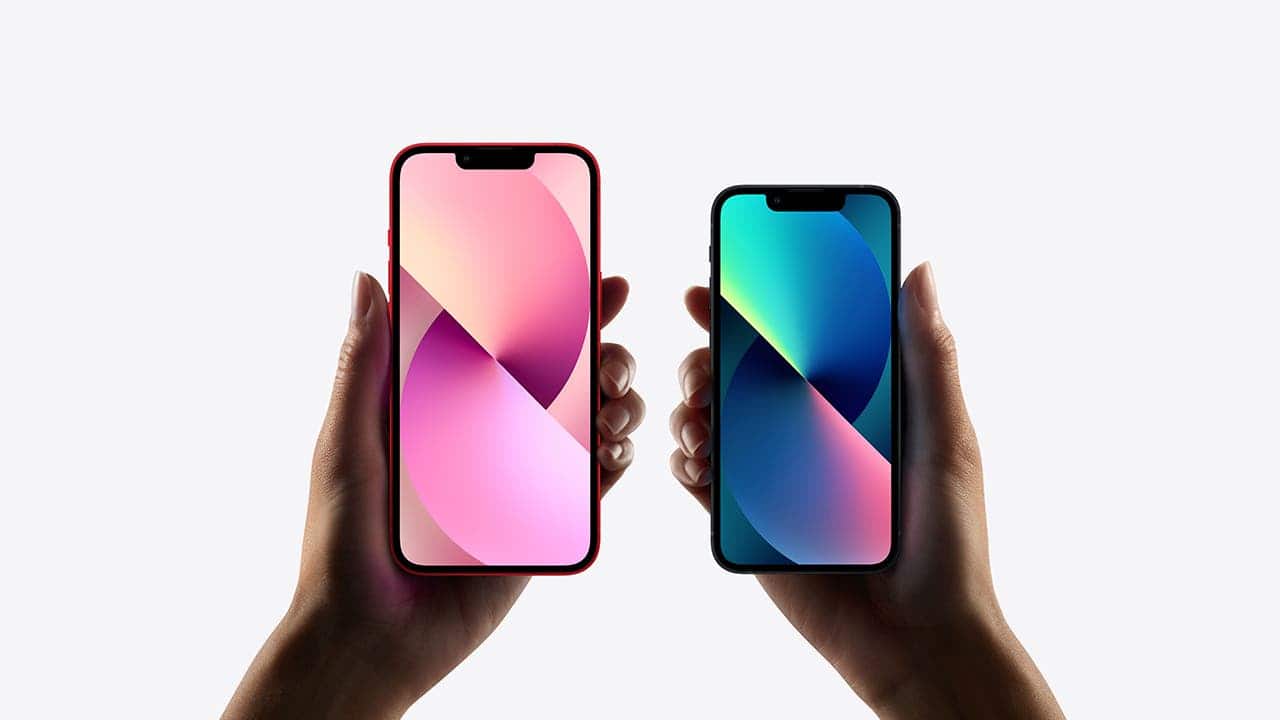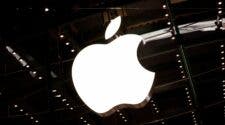In today’s increasingly interconnected digital world, user privacy has become a paramount concern. As we entrust our personal information and sensitive data to our devices, the need for robust security measures has never been greater. Apple, a company renowned for its commitment to user privacy, has continuously strived to develop innovative solutions to protect its customers’ data. The recent patent for a “privacy screen” feature exemplifies this dedication. Marking a significant advancement in safeguarding user privacy on iPhones.
Privacy Screen: Apple’s Innovative Approach to Safeguarding User Privacy

Understanding the Privacy Screen Technology
The privacy screen technology, as described in the patent, employs a sophisticated combination of hardware and software to track the user’s gaze and selectively hide the contents of the screen. At the heart of this system lies a hardware component, either an infrared camera or another type of eye-tracking sensor, responsible for monitoring the user’s eye movements and determining their precise position on the screen. This information is then relayed to the software component, which intelligently obfuscates the screen’s contents. Rendering them invisible to anyone except the user themselves.
The crux of this technology lies in its ability to dynamically adjust the screen’s visibility based on the user’s gaze. Only the area where the user is actively looking remains clear and in focus, while the rest of the screen remains concealed, shielding sensitive information from prying eyes. This targeted concealment offers a practical solution to the common problem of “shoulder surfing,”. Where individuals attempt to view another person’s screen from an oblique angle.
The Benefits of Privacy Screen
The implementation of the privacy screen technology offers a multitude of benefits for users, particularly in situations where there is a heightened risk of unauthorized viewing. Public settings, such as crowded trains, airport terminals, or open workspaces, often present opportunities for individuals to surreptitiously access another person’s screen. The privacy screen effectively mitigates this risk by ensuring that sensitive information remains hidden from unauthorized viewers. Providing users with a sense of security and privacy even in these shared spaces.
Apple’s Commitment to Privacy
Apple’s patent for the privacy screen feature underscores the company’s unwavering commitment to safeguarding user privacy. By continuously innovating and developing cutting-edge security solutions, Apple demonstrates its dedication to protecting its customers’ data and ensuring their digital experiences remain private and secure. The privacy screen technology represents a significant step forward in this ongoing endeavor. Providing users with an effective tool to protect their sensitive information from prying eyes.
Pros
-
Enhanced privacy: The privacy screen technology effectively prevents unauthorized individuals from viewing sensitive information on the user’s screen.
-
Increased security: By shielding sensitive data from prying eyes, the privacy screen contributes to an overall increase in the security of the user’s device.
-
Peace of mind: The ability to protect sensitive information provides users with a sense of peace of mind and reduces anxiety about data breaches or privacy violations.
-
Reduced risk of data theft: By preventing unauthorized access to sensitive information, the privacy screen helps to minimize the risk of data theft or unauthorized use.
-
Wider applicability: The privacy screen technology can be applied to a wide range of scenarios, from public transportation to open workspaces, ensuring consistent protection of user privacy.
Cons
-
Potential for false positives: The eye-tracking technology used in the privacy screen may occasionally misinterpret the user’s gaze. Leading to the unintentional hiding or revealing of sensitive information.
-
Reduced screen visibility: The obfuscation of the screen’s contents may hinder the user’s ability to view the entire screen at once. Potentially affecting their overall experience.
-
Limited compatibility: The privacy screen technology may not be compatible with all iPhone models or iOS versions. Potentially restricting its accessibility to certain users.
-
Increased battery consumption: The eye-tracking sensors and software processing involved in the privacy screen may consume additional battery power. Reducing the overall battery life of the device.
-
Potential for misuse: The privacy screen technology, while intended for legitimate privacy protection, could potentially be misused to hide malicious content or activities.
Eye-Tracking Accuracy and User Experience

The accuracy of the eye-tracking technology employed in the privacy screen is crucial for ensuring its effectiveness. False positives, where the system misinterprets the user’s gaze, could lead to unintended concealment or revelation of sensitive information, potentially causing inconvenience or frustration. Additionally, the obfuscation of screen contents may hinder the user’s ability to view the entire screen at once, potentially affecting their overall experience.
Privacy Screen as a Deterrent and a Tool
While the primary purpose of the privacy screen is to protect user privacy, it can also serve as a deterrent to potential snoopers. The knowledge that their attempts to view another person’s screen will be thwarted may discourage individuals from engaging in such behavior altogether. However, it is important to note that the privacy screen should not be considered a foolproof solution. Determined individuals may find ways to circumvent the technology, emphasizing the need for a layered approach to privacy protection.
Additional Considerations
-
Balancing privacy and convenience: The implementation of privacy measures should strike a balance between protecting user privacy and ensuring a seamless and convenient user experience.
-
Continuous innovation: Technological advancements in eye-tracking and software development should be continuously explored. To enhance the effectiveness and reliability of privacy screen technology.
-
Transparency and user education: Users should be informed about the capabilities and limitations of privacy screen technology. To ensure informed decision-making and responsible usage.
-
Industry-wide adoption: The adoption of privacy screen technology across the industry would promote a more consistent and standardized approach. To protecting user privacy on mobile devices.
Privacy Screen in the Context of Social Norms
The introduction of the privacy screen raises questions about social norms and expectations of privacy in public spaces. As individuals become more accustomed to using technology to shield their personal information from view, it may lead to a shift in social etiquette, where individuals are more mindful of their surroundings and avoid peering at others’ screens without explicit consent.
Privacy Screen as a Benchmark for Industry
Apple’s development of the privacy screen technology sets a high standard for other companies to follow. By incorporating gaze-detection technology into their devices, manufacturers can empower users. To take control of their privacy and safeguard their sensitive information. This could lead to a more privacy-conscious industry.
Future Implications of Privacy Screen Technology
The privacy screen technology has the potential to evolve and expand beyond smartphones. Extending its application to other devices such as tablets and laptops. Additionally, advancements in eye-tracking and software processing could further enhance the accuracy and reliability of the technology. Making it an even more effective tool for safeguarding user privacy.
Conclusion
As technology continues to evolve and our reliance on digital devices grows, the need for robust privacy measures becomes increasingly crucial. Apple’s development of the privacy screen technology exemplifies the company’s dedication to addressing this critical issue. By employing cutting-edge gaze-detection technology to selectively hide content, Apple empowers users to safeguard their privacy and maintain control over their sensitive information. This innovative solution marks a significant advancement in protecting user privacy on iPhones. Setting a benchmark for other companies to follow. As we navigate the ever-changing digital landscape, Apple’s commitment to privacy remains unwavering. Ensuring that its customers’ data remains secure and protected.





